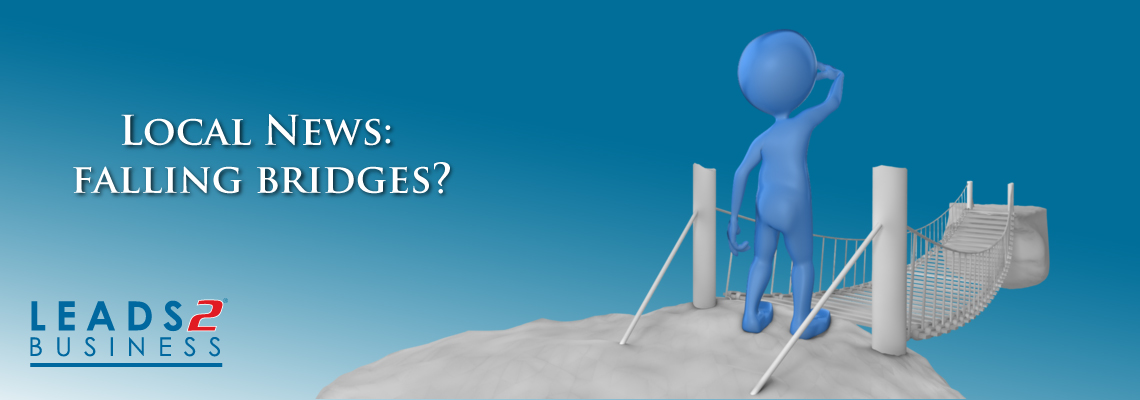
Collapsing Bridges … Falling Skies?
One of the most written about stories from the end of last year and continuing now is the M1 Grayston Drive Bridge collapse on 14 October 2015. There are many questions surrounding the collapse of the temporary structure and the inquiry into who will ultimately be held responsible is ongoing.
Some of the points that have emerged so far:
* Two people were killed and 19 others injured in the accident.
* It was the scaffolding for the support structure that was intended to be a pedestrian and cycle bridge connecting Alexandra and Sandton that collapsed.
* There was no structural movement on the M1/Grayston Drive pedestrian and cyclist bridge before it collapsed.
* The failure of the couplers to provide adequate stability to the structure may have been central to the collapse.
* Australian Engineers who are experts in collapse analysis and who investigated the matter found that failure to properly tighten the couplers, may have led to the structure not being robust enough to withstand the force of the wind.
* Two batteries of girders not being bolted together in the centre of the motorway and the fact that the structure had not been bolted to the ground. A security video that captured the event shows the eastern and western girder batteries, which are the two halves of the horizontal structure that spanned the freeway, separating during the collapse as a result of not being bolted together.
It will be interesting to hear what the final determination will be in this case, but this is not the first bridge to collapse in South Africa or in the world.
One other big bridge failure in South Africa, occurred in 1998; the Injaka Bridge Collapse was found to have been caused by: Incompetence and negligence; Steel launch nose not structurally stiff enough; Incorrect temporary works slide path; Incorrectly placed temporary bearings; Incorrect feeding of bearing pads; Under-designed deck slab.
Below are some examples from the beginning of 2015 of bridge failures that have occurred:
January 2015: Two bridges in Mozambique.
19 January 2015: Hopple Street Overpass, Cincinnati, Ohio, USA.
01 February 2015: Plaka Bridge, Plaka-Raftaneon, Epirus, Greece.
02 February 2015: Skjeggestad Bridge, Holmestrand, Norway.
18 June 2015: Pennsy Bridge, Ridgway, Pennsylvania, USA.
20 July 2015: I-10 Bridge, Southern California, USA.
03 August 2015: Queen Juliana Bridge, Alphen aan den Rijn, Netherlands.
29 September 2015: Bob White Covered Bridge, Patrick County, Virginia, USA.
29 December 2015: Tadcaster Bridge, North Yorkshire, England.
10 January 2016: Nipigon River Bridge, Ontario, Canada.
31 March 2016: Vivekananda Flyover Bridge, Kolkata, India.
16 April 2016: Aso-ohashi Bridge, Minami-Aso, Japan.
21 April 2016: Niemeyer Avenue Bicycle Lane, Rio de Janeiro, Brazil.
20 May 2016: May Avenue Bridge, Oklahoma City, USA.
03 August 2016: Mahad Bridge, Mumbai, India.
Just under half of these were due to design or construction faults and the rest due to natural disasters.
It is clear that bridges are collapsing around the world, not just in South Africa and that most are caused by natural disasters. However, in the cases that were not natural disasters, could they have been prevented? Were there measures that should have been taken, and weren’t?
As outsiders, watching the events unfold after the fact, we will never have all the facts and all that runs rife is speculation.
As in the words of Chicken Little “The sky is falling”, and so, are bridges…be wary of the bridges you cross, or burn.
References:
About Cecile Van Deventer
I joined the L2Q Team in 2006, as a L2Q Support Assistant and have been the HOD since 2010. I supervise L2Q Bills, Daily Tender Bills, Control Lists and Directory.
- Web |
- More Posts(19)









Leave a Reply